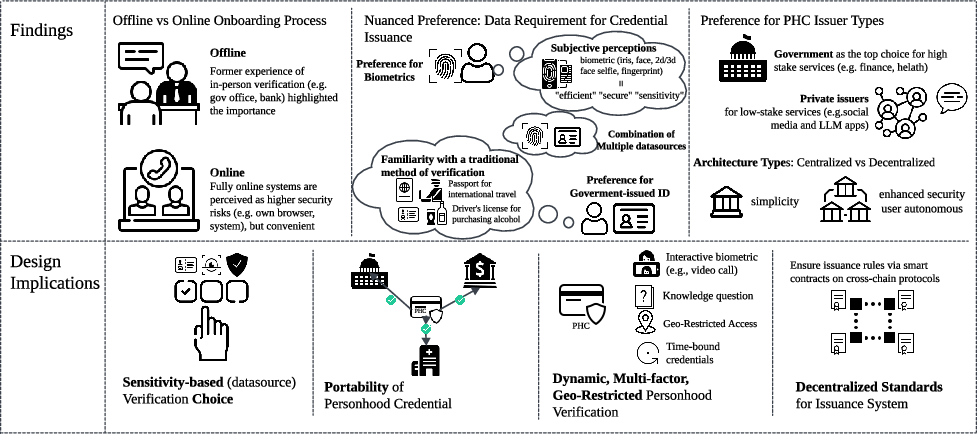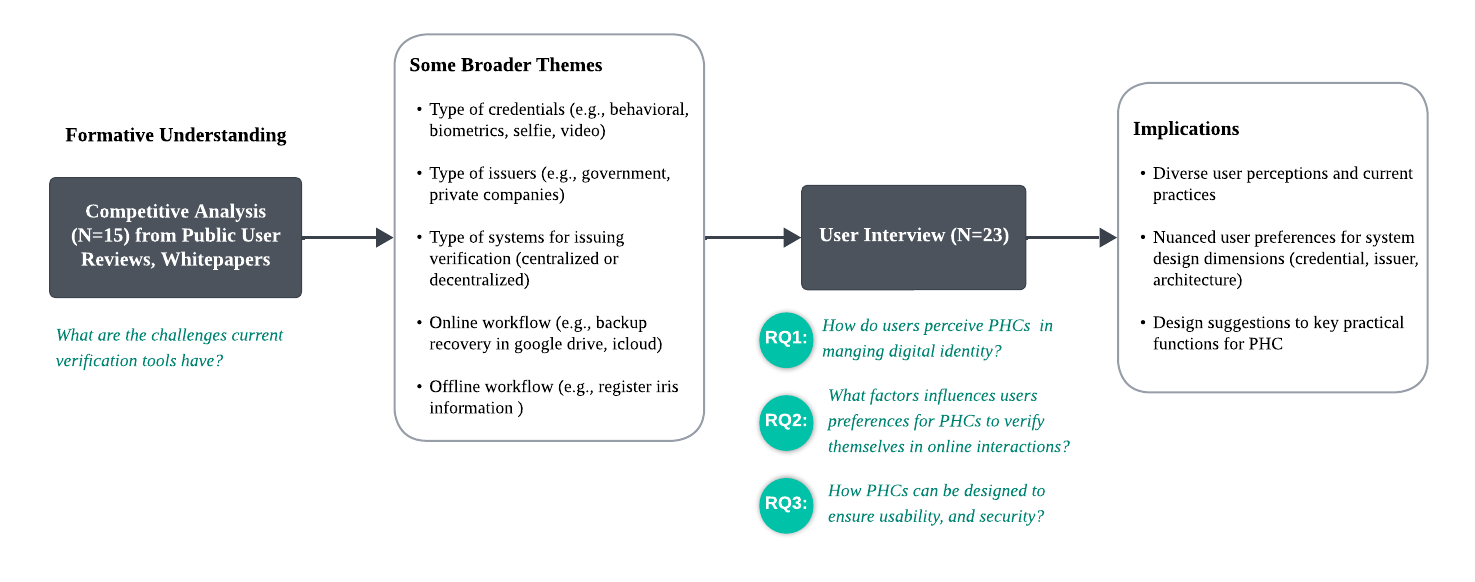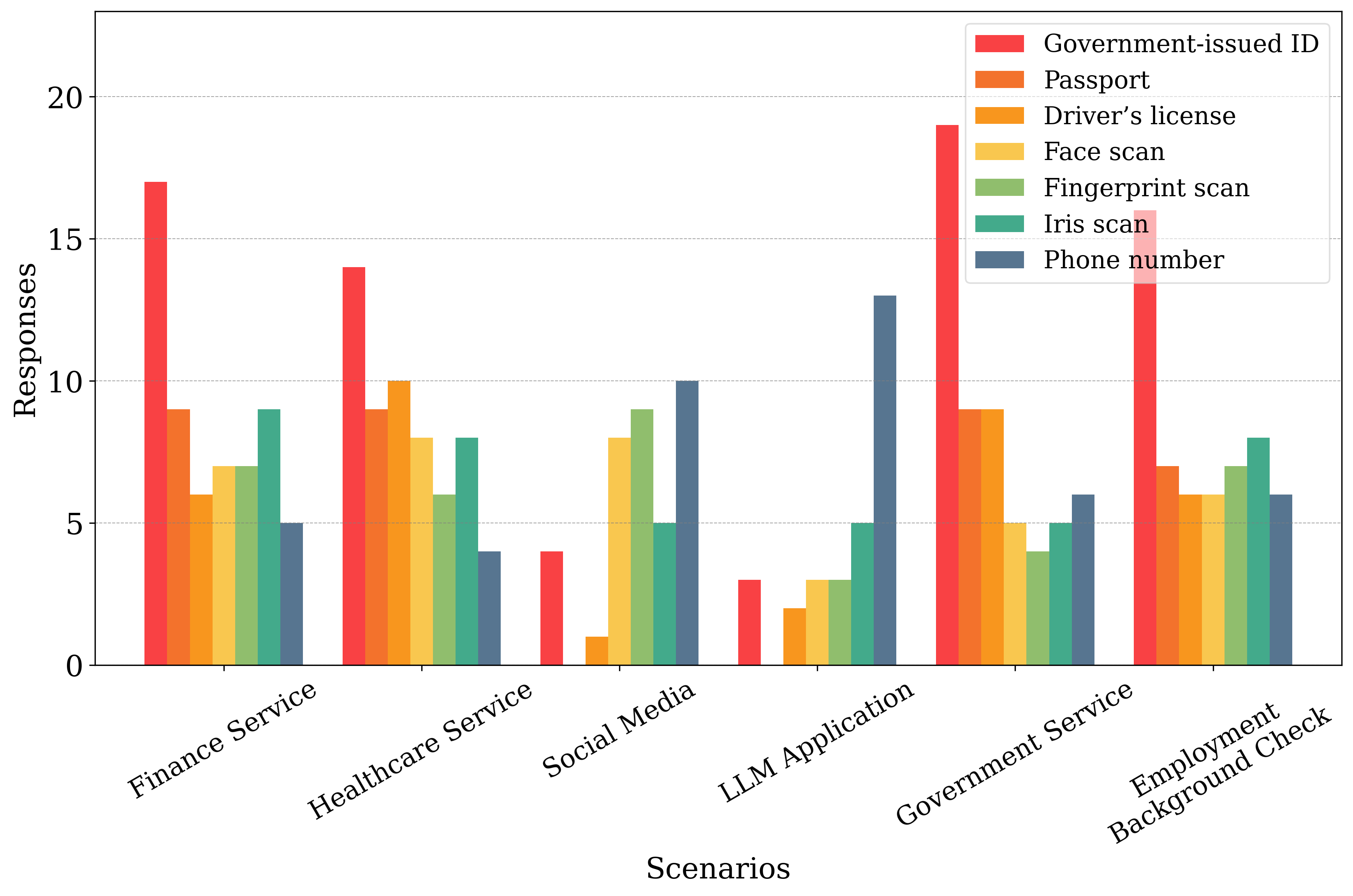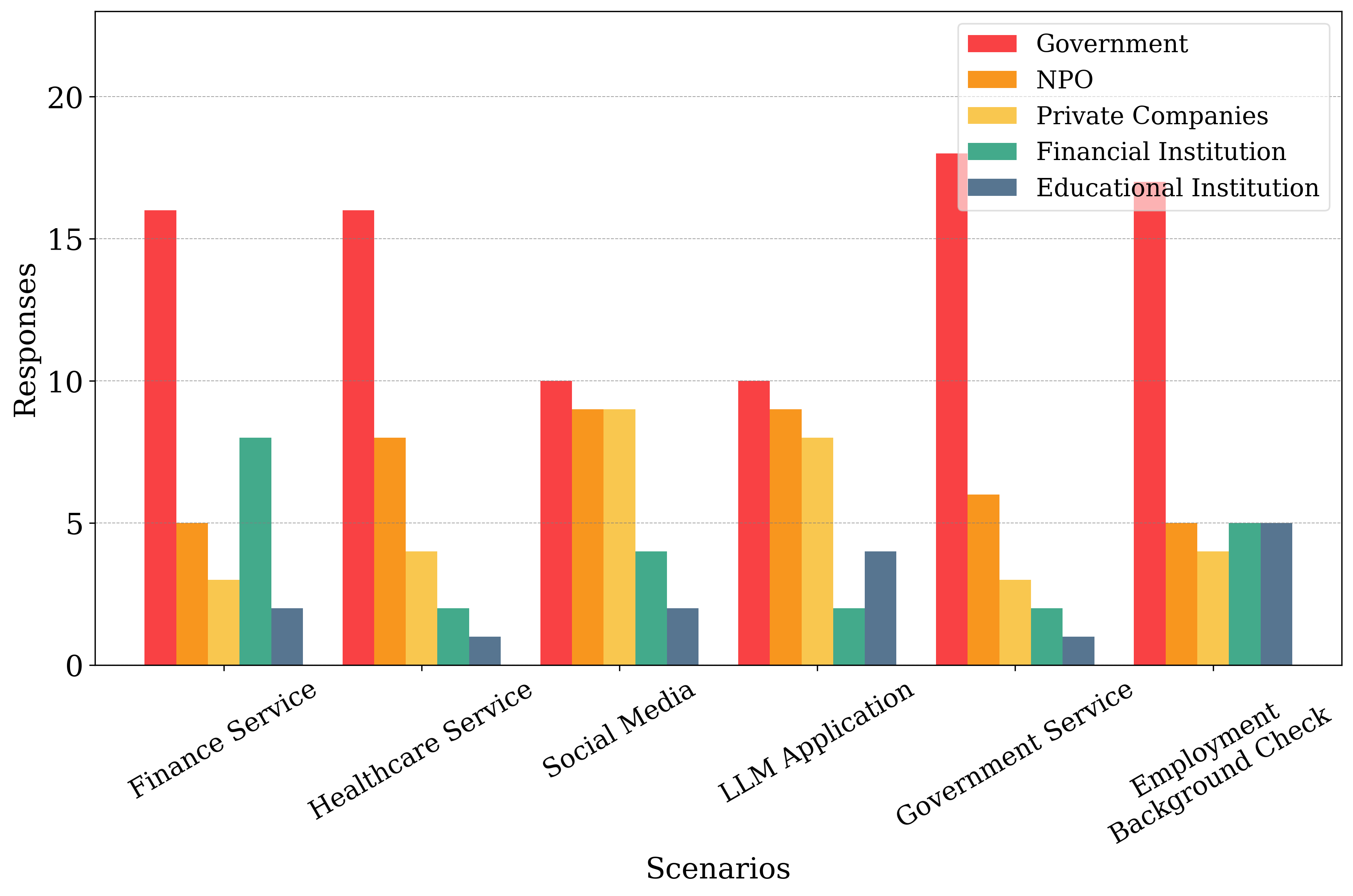- The paper’s main contribution is the evaluation of personhood credentials using zero-knowledge proofs to verify identity without disclosing personal data.
- It employs competitive analysis and semi-structured interviews to uncover user preferences for decentralized versus centralized issuance methods.
- The study recommends design improvements such as time-bounded credentials and trusted issuers to enhance security, usability, and overall trust.
Personhood Credentials: Human-Centered Design Recommendation Balancing Security, Usability, and Trust
The paper explores personhood credentials (PHCs) as an emerging method for identity verification in digital services. This paper focuses on user-centric design principles, balancing security, usability, and trust in PHC systems.
Introduction to Personhood Credentials
The recent advancements in artificial intelligence have compromised traditional multi-factor authentication methods. Personhood credentials provide an alternative approach, enabling individuals to verify their personhood without disclosing personal data. This differs from decentralized identifiers by utilizing zero-knowledge proofs to ensure privacy while asserting uniqueness and legitimacy.
Despite their potential, PHC systems must address users' perceptions and preferences. This paper conducted user interviews to understand these factors and propose actionable design recommendations. Key findings show diverse preferences based on data requirements for PHC issuance and various factors affecting their management.

Figure 1: Overview of key findings and design implications from user interviews.
Methodology and Findings
The paper employed competitive analysis and semi-structured user interviews to gather insights. Participants highlighted the importance of a user-centric approach in PHC design. They expressed the need for a seamless onboarding process, balancing offline and online interactions, and integrating familiar methods like biometrics and government-issued IDs.
Results indicated a clear preference for government or nonprofit organizations as trusted issuers of PHCs, particularly in high-stakes areas like finance and healthcare. Practical concerns often influenced users' choice of decentralized vs. centralized systems—many favored decentralization for data security, while others appreciated the simplicity of centralized solutions.

Figure 2: Method overview includes formative understanding and design through interviews.
User-Centric Design Recommendations
Time-Bounded Credentials
Participants expressed a preference for credentials with limited validity, ensuring that personal data is not stored indefinitely. This approach aligns with the principle of data minimization, providing security without prolonged exposure.
Sensitive Data and Usability
The paper emphasizes the need for a flexible system that accommodates users' varied security standards across different services. Users should select credential types—physical IDs, biometrics—based on the sensitivity and usability of the data in specific contexts.
Decentralized Issuance Standards
There is a consensus on establishing decentralized standards to facilitate broader PHC adoption. Implementing cross-chain interoperability and permissioned blockchain networks may provide the foundation for a trust-centric issuance system.


Figure 3: Results of credential preference in PHC verification.
Balancing Trust and Usability
A significant challenge is building trust in PHC issuers. The findings suggest that government endorsement can legitimize PHCs, while industry-standard practices bolster user confidence. Combining these elements with transparent, user-friendly interfaces is essential for wider acceptance.


Figure 4: Results of architecture preference for PHC management.
Conclusion
This paper provides deep insights into user preferences and perceptions of personhood credentials, offering a comprehensive set of design recommendations. As PHCs continue to evolve, a balance between security, usability, and trust remains paramount. Future research should focus on prototyping and field studies to further validate these user-centric design proposals. The ultimate goal is to establish a robust ecosystem for personhood verification in an increasingly digital world.





